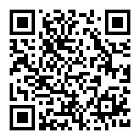ISO 16702-2007 工作場所空氣質量.用2-(1-甲氧基苯基)呱嗪和液相色譜法測定空氣中的異氰酸鹽總量
作者:百檢網 時間:2021-07-20
標準號:ISO 16702-2007
中文標準名稱:工作場所空氣質量.用2-(1-甲氧基苯基)呱嗪和液相色譜法測定空氣中的異氰酸鹽總量
英文標準名稱:Workplace air quality - Determination of total organic isocyanate groups in air using 1-(2-methoxyphenyl)piperazine and liquid chromatography
標準類型:C70
發布日期:1999/12/31 12:00:00
實施日期:1999/12/31 12:00:00
中國標準分類號:C70
國際標準分類號:13.040.30
適用范圍:This International Standard gives general guidance for the sampling and analysis of airborne organicisocyanate (NCO) compounds in workplace air.This International Standard is appropriate for a wide range of organic compounds containingisocyanate functional groups, including isocyanate monomers and prepolymers. Examples of aromaticmonomers include toluene diisocyanate (TDI) (both 2,4- and 2,6-diisocyanatotoluene), naphthyl diisocyanate(NDI) (1,5-diisocyanatonaphthalene) and methylenebis(4-phenylisocyanate) [MDI, systematicallynamed as di-(4-isocyanatophenyl)methane]. Examples of aliphatic monomers include isophoronediisocyanate (IPDI, systematically named as 1-isocyanato-3-isocyanatomethyl-3,5,5-trimethylcyclohexane),methylenebis(cyclohexylisocyanate) (hydrogenated MDI, HMDI) and 1,6-diisocyanatohexane (HDI) (alsoknown as 1,6-hexamethylenediisocyanate). Monomers containing a single isocyanate moiety (e.g. methylisocyanate, ethyl isocyanate, phenyl isocyanate, hexyl isocyanate) are produced during thermal degradationof polyurethanes, i.e. flame bonding and laser cutting. Isocyanate polymers, also called polyisocyanates,homopolymers, oligomers or prepolymers, are derived from the diisocyanate monomers by self-condensationor reaction with polyols. Polymeric diisocyanates are widely used in the polyurethanes, paints and coatings,and adhesives industries.This International Standard is appropriate for measuring any product containing free isocyanate groups. It wasdeveloped primarily for the commonly used MDI, HDI, and TDI, and their oligomers and polymers[1]. It hasalso been used for IPDI, HMDI, and NDI, and their oligomers and polymers. The exposure limit forisocyanates in the UK requires measurement of total isocyanate groups, i.e. monomeric diisocyanates,oligomeric, prepolymeric and polymeric diisocyanates and monoisocyanates. Because there are a wide rangeof isocyanate structures and molecular masses, the chromatographic conditions used will need to be variedaccording to the isocyanate formulation being determined. If both isocyanates and amines are believed to bepresent, and both need to be determined, a standard which enables the simultaneous determination of bothamines and isocyanates may be more appropriate[2]. This method has also been modified to allowdetermination of mono-isocyanates produced during thermal degradation[3], the use of mass spectrometricdetection[4] and other sampling equipment, e.g. 37 mm filters and other filter cassettes, but thesemodifications are not covered in this International Standard. If a modified version of this method is being used,it is the responsibility of the user to demonstrate that the modifications are valid.The method is used to determine time-weighted average concentrations of organic isocyanates in workplaceatmospheres, and is suitable for sampling over periods in the range 0,5 min to 8 h. The method is designedfor personal monitoring, but can also be used for fixed location monitoring by suitable modification.The method is suitable for the measurement of airborne organic isocyanates in the concentration range fromapproximately 0,1 μg/m3 to 140 μg/m3 for a 15 l sample volume. The qualitative and quantitative detectionlimits for isocyanate, defined as three times and 10 times the standard deviation of six blank determinations,have been found to be typically between 0,001 μg and 0,004 μg of isocyanate per sample, respectively(EC detection). For a 15 l air sample, these values correspond to qualitative and quantitative detection limits of0,07 μg/m3 and 0,3 μg/m3, respectively.
中文標準名稱:工作場所空氣質量.用2-(1-甲氧基苯基)呱嗪和液相色譜法測定空氣中的異氰酸鹽總量
英文標準名稱:Workplace air quality - Determination of total organic isocyanate groups in air using 1-(2-methoxyphenyl)piperazine and liquid chromatography
標準類型:C70
發布日期:1999/12/31 12:00:00
實施日期:1999/12/31 12:00:00
中國標準分類號:C70
國際標準分類號:13.040.30
適用范圍:This International Standard gives general guidance for the sampling and analysis of airborne organicisocyanate (NCO) compounds in workplace air.This International Standard is appropriate for a wide range of organic compounds containingisocyanate functional groups, including isocyanate monomers and prepolymers. Examples of aromaticmonomers include toluene diisocyanate (TDI) (both 2,4- and 2,6-diisocyanatotoluene), naphthyl diisocyanate(NDI) (1,5-diisocyanatonaphthalene) and methylenebis(4-phenylisocyanate) [MDI, systematicallynamed as di-(4-isocyanatophenyl)methane]. Examples of aliphatic monomers include isophoronediisocyanate (IPDI, systematically named as 1-isocyanato-3-isocyanatomethyl-3,5,5-trimethylcyclohexane),methylenebis(cyclohexylisocyanate) (hydrogenated MDI, HMDI) and 1,6-diisocyanatohexane (HDI) (alsoknown as 1,6-hexamethylenediisocyanate). Monomers containing a single isocyanate moiety (e.g. methylisocyanate, ethyl isocyanate, phenyl isocyanate, hexyl isocyanate) are produced during thermal degradationof polyurethanes, i.e. flame bonding and laser cutting. Isocyanate polymers, also called polyisocyanates,homopolymers, oligomers or prepolymers, are derived from the diisocyanate monomers by self-condensationor reaction with polyols. Polymeric diisocyanates are widely used in the polyurethanes, paints and coatings,and adhesives industries.This International Standard is appropriate for measuring any product containing free isocyanate groups. It wasdeveloped primarily for the commonly used MDI, HDI, and TDI, and their oligomers and polymers[1]. It hasalso been used for IPDI, HMDI, and NDI, and their oligomers and polymers. The exposure limit forisocyanates in the UK requires measurement of total isocyanate groups, i.e. monomeric diisocyanates,oligomeric, prepolymeric and polymeric diisocyanates and monoisocyanates. Because there are a wide rangeof isocyanate structures and molecular masses, the chromatographic conditions used will need to be variedaccording to the isocyanate formulation being determined. If both isocyanates and amines are believed to bepresent, and both need to be determined, a standard which enables the simultaneous determination of bothamines and isocyanates may be more appropriate[2]. This method has also been modified to allowdetermination of mono-isocyanates produced during thermal degradation[3], the use of mass spectrometricdetection[4] and other sampling equipment, e.g. 37 mm filters and other filter cassettes, but thesemodifications are not covered in this International Standard. If a modified version of this method is being used,it is the responsibility of the user to demonstrate that the modifications are valid.The method is used to determine time-weighted average concentrations of organic isocyanates in workplaceatmospheres, and is suitable for sampling over periods in the range 0,5 min to 8 h. The method is designedfor personal monitoring, but can also be used for fixed location monitoring by suitable modification.The method is suitable for the measurement of airborne organic isocyanates in the concentration range fromapproximately 0,1 μg/m3 to 140 μg/m3 for a 15 l sample volume. The qualitative and quantitative detectionlimits for isocyanate, defined as three times and 10 times the standard deviation of six blank determinations,have been found to be typically between 0,001 μg and 0,004 μg of isocyanate per sample, respectively(EC detection). For a 15 l air sample, these values correspond to qualitative and quantitative detection limits of0,07 μg/m3 and 0,3 μg/m3, respectively.
相關標準
《GB/T 16292-2010》醫藥工業潔凈室(區)懸浮粒子的測試方法 GB/T 16292-2010
《GBZ 117-2015》工業X射線探傷放射防護要求 GBZ 117-2015 6
《GBZ 141-2002》γ射線和電子束輻照裝置防護檢測規范 GBZ 141-2002 5
《T/CAQI 26-2017》中小學教室空氣質量測試方法 T/CAQI 26-2017 5.4
《WS394-2012》公共場所集中空調通風系統衛生規范 WS394-2012 3.5
《T/CAQI 26-2017》中小學教室空氣質量測試方法 T/CAQI 26-2017 6.2
《WS394-2012》公共場所集中空調通風系統衛生規范 WS394-2012 4.2附錄C
《T/CAQI 26-2017》中小學教室空氣質量測試方法 T/CAQI 26-2017 7.0
《WS394-2012》公共場所集中空調通風系統衛生規范 WS394-2012 3.2
《T/CAQI 26-2017》中小學教室空氣質量測試方法 T/CAQI 26-2017 7.0
《GBZ 117-2015》工業X射線探傷放射防護要求 GBZ 117-2015 6
《GBZ 141-2002》γ射線和電子束輻照裝置防護檢測規范 GBZ 141-2002 5
《T/CAQI 26-2017》中小學教室空氣質量測試方法 T/CAQI 26-2017 5.4
《WS394-2012》公共場所集中空調通風系統衛生規范 WS394-2012 3.5
《T/CAQI 26-2017》中小學教室空氣質量測試方法 T/CAQI 26-2017 6.2
《WS394-2012》公共場所集中空調通風系統衛生規范 WS394-2012 4.2附錄C
《T/CAQI 26-2017》中小學教室空氣質量測試方法 T/CAQI 26-2017 7.0
《WS394-2012》公共場所集中空調通風系統衛生規范 WS394-2012 3.2
《T/CAQI 26-2017》中小學教室空氣質量測試方法 T/CAQI 26-2017 7.0
百檢網專注于為第三方檢測機構以及中小微企業搭建互聯網+檢測電商服務平臺,是一個創新模式的檢驗檢測服務網站。百檢網致力于為企業提供便捷、高效的檢測服務,簡化檢測流程,提升檢測服務效率,利用互聯網+檢測電商,為客戶提供多樣化選擇,從根本上降低檢測成本提升時間效率,打破行業壁壘,打造出行業創新的檢測平臺。
百檢能給您帶來哪些改變?
1、檢測行業全覆蓋,滿足不同的檢測;
2、實驗室全覆蓋,就近分配本地化檢測;
3、工程師一對一服務,讓檢測更精準;
4、免費初檢,初檢不收取檢測費用;
5、自助下單 快遞免費上門取樣;
6、周期短,費用低,服務周到;
7、擁有CMA、CNAS、CAL等權威資質;
8、檢測報告權威有效、中國通用;
客戶案例展示
相關資訊

暫無相關資訊
最新資訊
版權與免責聲明
①本網注名來源于“互聯網”的所有作品,版權歸原作者或者來源機構所有,如果有涉及作品內容、版權等問題,請在作品發表之日起一個月內與本網聯系,聯系郵箱service@baijiantest.com,否則視為默認百檢網有權進行轉載。
②本網注名來源于“百檢網”的所有作品,版權歸百檢網所有,未經本網授權不得轉載、摘編或利用其它方式使用。想要轉載本網作品,請聯系:service@baijiantest.com。已獲本網授權的作品,應在授權范圍內使用,并注明"來源:百檢網"。違者本網將追究相關法律責任。
③本網所載作品僅代表作者獨立觀點,不代表百檢立場,用戶需作出獨立判斷,如有異議或投訴,請聯系service@baijiantest.com



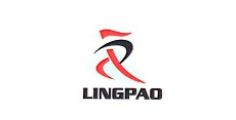
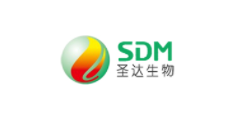
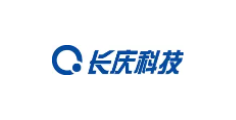
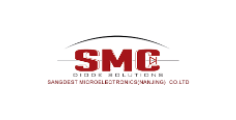
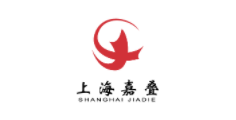
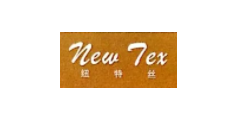
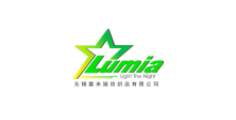
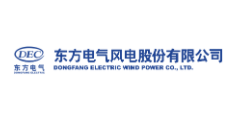
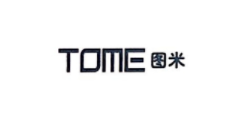
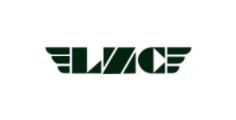
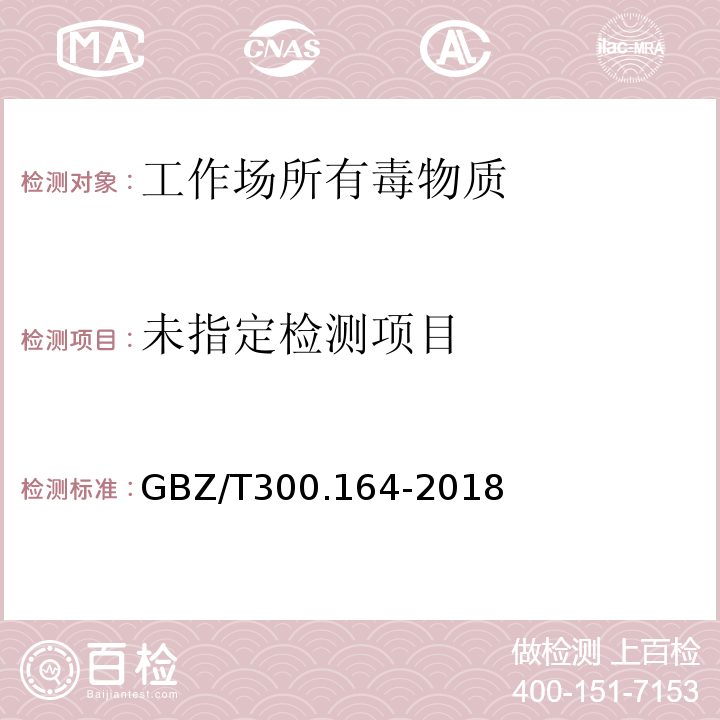

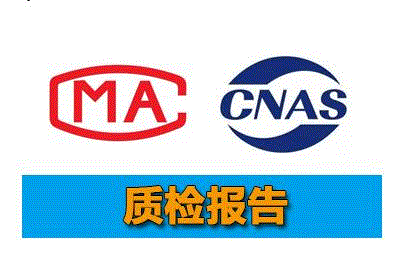
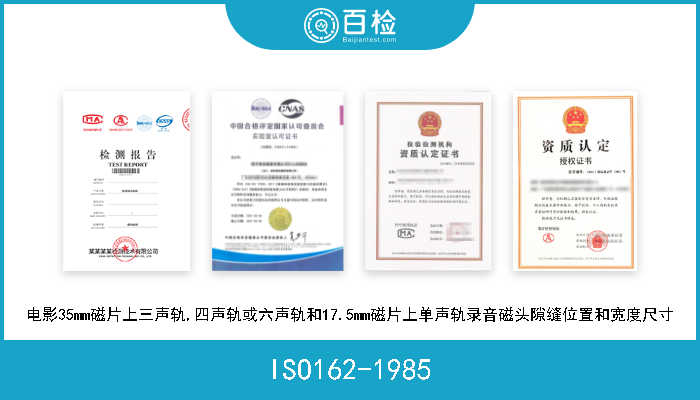
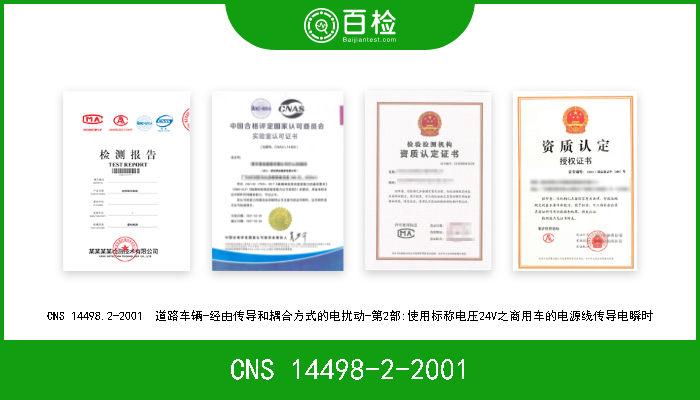
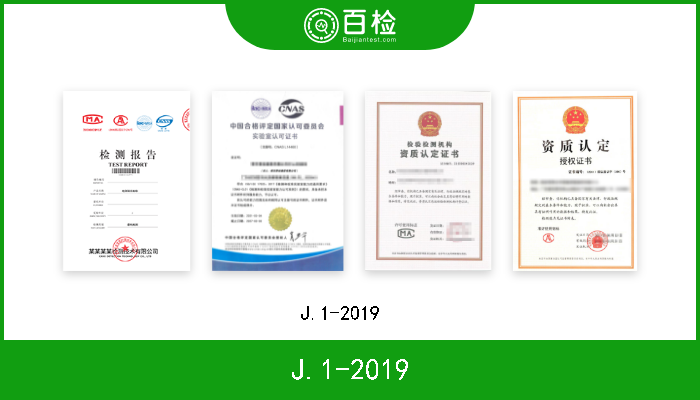
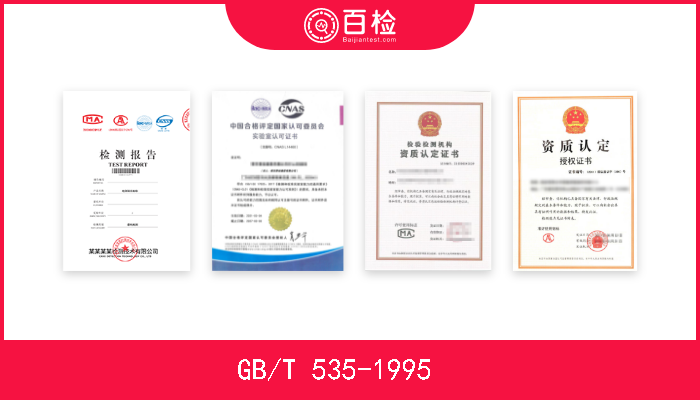
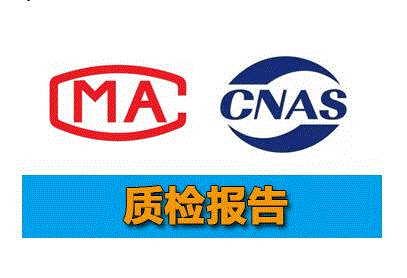
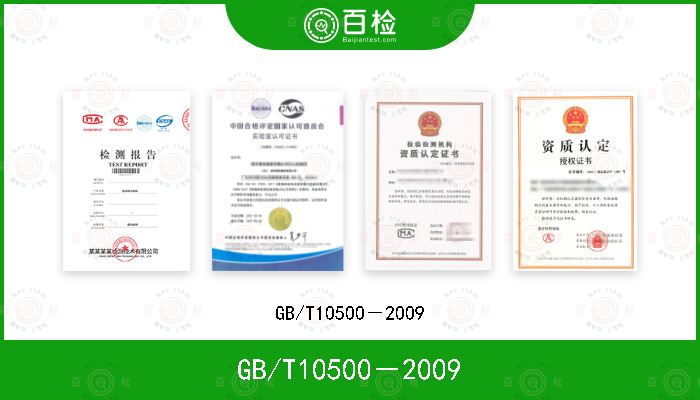
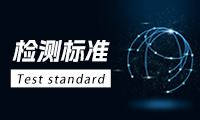


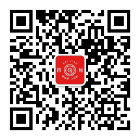
 400-101-7153
400-101-7153 15201733840
15201733840